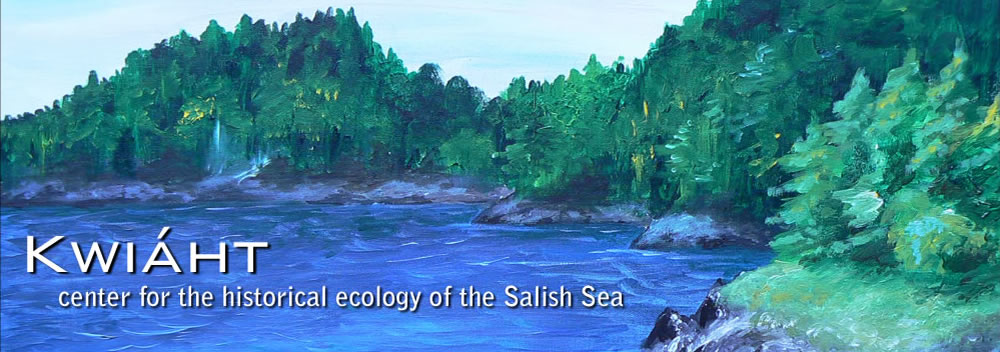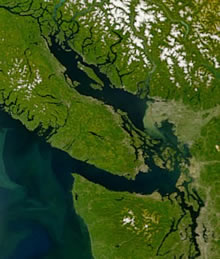Home > About Kwiaht
Salish Sea
The San Juan Islands are located in the middle of the Salish Sea, so called today in recognition of the indigenous Coast Salish peoples that have inhabited its shores and sailed its waters for millennia. Coast Salish peoples and their closely related languages are coextensive with the Salish Sea watershed, which includes Puget Sound, Hood Canal, the Strait of Juan de Fuca, Haro Strait, and the Gulf and Strait of Georgia.
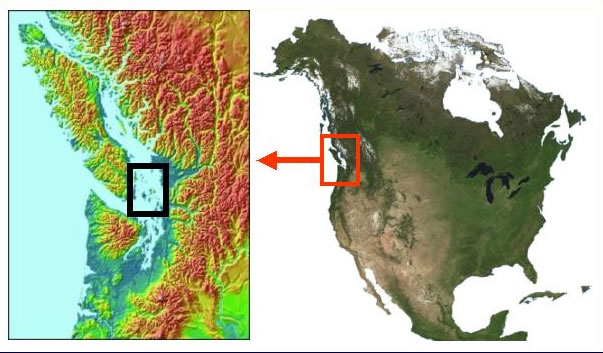
Location of the San Juan Islands in the Salish Sea
The Salish Sea is a very complex drainage basin fed by many rivers, including the Snohomish River and Skagit River in the south on Puget Sound, and the Homathko River at the north entrance of Georgia Strait. The Fraser River is by far the largest freshwater influence on the Salish Sea, however: so large that the marine waters surrounding the San Juan Islands function like an estuary of the Fraser, with reduced salinities and significant loads of silt and nutrients transported from interior British Columbia.
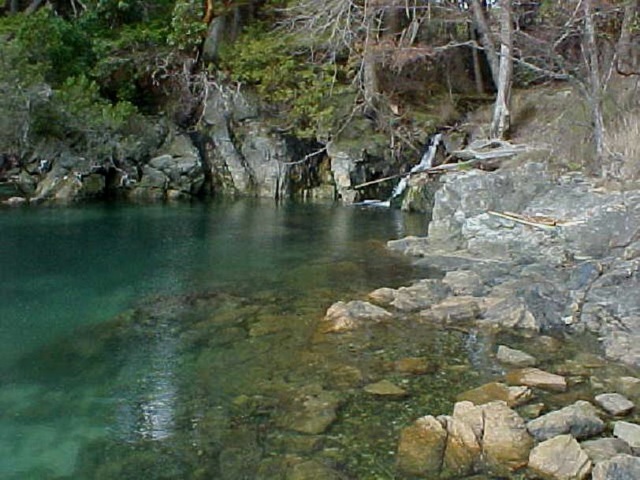
Skull Creek Outlet
Much of the Salish Sea is relatively shallow, particularly within the San Juan-Gulf Archipelago. Its shorelines are geologically young and complex, ranging from broad fine sandy beaches to steep rocky precipices with thousands of tiny bays and islets. Rains and rivers transport vast quantities of silt and terrestrial nutrients into the Salish Sea each year where they stimulate dense plankton growth and feed migrating salmon, herring, seabirds and marine mammals along thousands of kilometers of seashore.
The San Juan and Gulf Islands emerged gradually from glacial melt-waters barely 9,000 years ago, stripped bare of their pre-glacial vegetation and soils. Humans, plants and animals began to re-colonize the islands at the same time, so there was no “natural” post-glacial landscape or ecosystem in the archipelago. All ecosystems included people from the beginning, and must be regarded as cultural artifacts. The indigenous people of the islands subsisted chiefly by hunting for thousands of years.
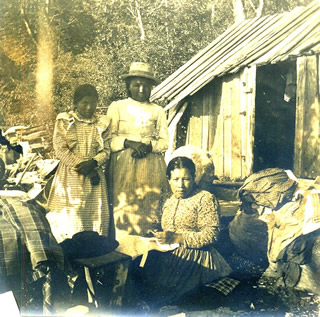
Coast Salish women, Orcas 1902
They began to rely more on fish and shellfish after salmon and cedar re-appeared in the Salish Sea, facilitated by changes in sea levels and climate about 4,000 years ago. Large cedar-plank villages and extensive sea-trade developed, supported by two key technologies: reef-net (fixed-gear) fishing for the enormous sockeye salmon runs that returned annually to the Fraser River, and the cultivation of camas, a nutritious bulb-forming relative of the lilies. By the time of the Roman Empire in Europe, the first islanders were farming; spinning yarn from the hair of specially bred dog flocks; as well as harvesting hundreds of tons of salmon every year. It was a sustainable livelihood until the arrival of European diseases and firearms.
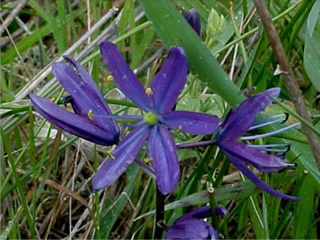
Camas flowers




